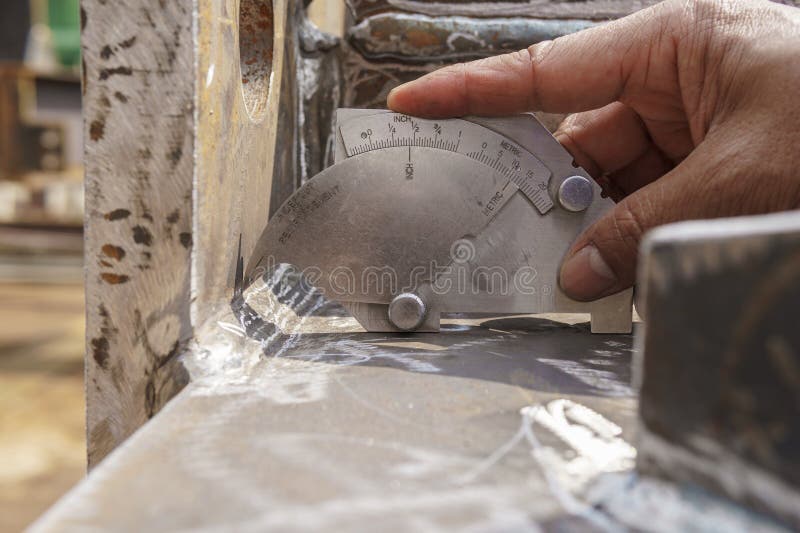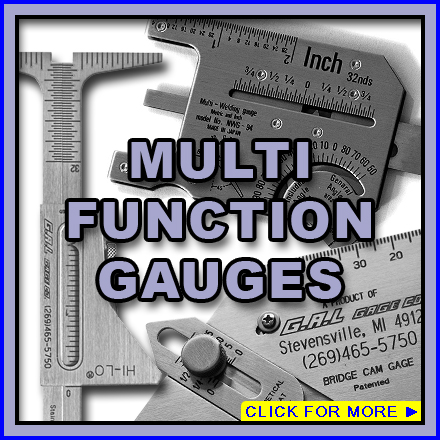Fillet Weld Design Techniques: Enhancing Joint Efficiency and Aesthetics for Structural Integrity
In the realm of architectural design and fabrication, the importance of fillet weld style strategies can not be overemphasized. These strategies play a crucial role in not only making sure the efficiency and architectural stability of joints however likewise in boosting the general aesthetics of the finished item. By diligently considering factors such as weld profile optimization, material selection, joint prep work strategies, welding procedure performance, and aesthetic enhancement fabricators, designers and approaches can attain a harmonious balance between capability and look in their bonded structures. The fusion of these elements not just leads to robust joints but additionally raises the visual allure of the end product.
Weld Profile Optimization


Achieving an optimal weld account includes a precise consideration of factors such as product thickness, joint configuration, welding setting, and desired welding rate. Furthermore, the selection of ideal welding specifications, such as voltage, current, and take a trip speed, is essential in regulating the form and dimensions of the fillet weld. Making use of advanced welding strategies, such as pulse welding or robotic welding, can further fine-tune the weld profile to meet details style requirements and high quality standards.
Essentially, weld profile optimization is a basic aspect of fillet weld layout that directly affects the overall efficiency and integrity of welded joints in architectural applications.
Material Option Considerations
When taking into consideration material option for fillet weld design, the compatibility of the base metals is a critical aspect affecting the structural honesty of the joint. It is important to pick materials that not just bonded together successfully but likewise have similar mechanical homes to make certain the tons is equally dispersed between the base and the weld steels. Welding materials with greatly various residential or commercial properties can bring about issues such as tension focus, early joint failing, or breaking.
Furthermore, the setting in which the welded structure will run need to be taken into account when choosing materials. Variables like deterioration resistance, temperature level changes, and exposure to chemicals can all influence the longevity and efficiency of the weld joint. By picking materials that appropriate for the intended application and atmosphere, the general longevity and reliability of the welded joint can be considerably improved.
For that reason, complete factor to consider of product compatibility and ecological aspects is extremely important in ensuring the weld joint's strength, resilience, and overall structural integrity.

Joint Preparation Methods
Considering the important role product option plays in guaranteeing the architectural integrity of fillet weld joints, it is necessary to implement exact joint prep work techniques that enhance the link between the base metals. Joint prep work is a crucial step that straight affects the quality and stamina of the weld. One basic technique is the cleaning of base steels to get rid of any pollutants like rust, oil, or paint that might endanger the weld's integrity. This can be achieved with techniques such as grinding, cord brushing, or chemical cleaning.
In addition, correct fit-up of the joint is necessary to ensure uniform distribution of the welding product and protect against defects like insufficient infiltration or too much build-up. Beveling the edges of the base metals can create a groove that permits deeper weld infiltration and a more powerful bond. Furthermore, tack welding the elements in position before the final weld helps keep placement and reduces distortion throughout the welding process. By meticulously following these joint preparation techniques, welders can boost the general performance and appearances of fillet weld joints while making certain architectural strength.
Welding Process Performance
Reliable welding processes are crucial for accomplishing optimal performance and quality in fillet weld manufacture. One essential facet of improving welding procedure efficiency is selecting the ideal welding technique. Aspects such as material kind, joint layout, and welding setting must be very carefully considered to figure out one of the most appropriate approach. Processes like gas steel arc welding (GMAW) and flux-cored arc welding (FCAW) are commonly utilized for fillet welds due to their convenience and speed.
Regular calibration of welding devices, evaluation of consumables, and upkeep of welding lanterns can protect against downtime and revamp, inevitably conserving time and resources. Well-trained welders are more adept at readjusting criteria, fixing problems, and maintaining constant weld high quality.
Visual Enhancement Approaches
To maximize the high quality of fillet weld fabrication, implementing this aesthetic enhancement approaches can play a vital role in making certain precision and precision during the welding procedure. Visual improvement techniques encompass different techniques intended at improving the look and quality of fillet welds. One typical approach is using back purging systems to get rid of oxidation on the behind of the weld, leading to a cleaner, more visually pleasing coating. Furthermore, using proper lights arrangements in Recommended Site the welding area can boost visibility, enabling welders to monitor the weld pool and guarantee consistent grain development. Visual aids such as weld dimension gauges and amplifying lenses can assist in assessing weld profiles and measurements accurately. Furthermore, the usage of contrasting noting materials or short-term adding can aid in aligning and positioning the work surfaces specifically before welding. By incorporating these visual enhancement methods into the welding process, welders can accomplish not just structurally audio fillet welds yet also visually appealing results that satisfy market requirements.

Final Thought
Finally, enhancing fillet weld layout involves cautious factor to consider of weld account, material option, joint prep work, welding process performance, and visual enhancement techniques. By implementing these methods, architectural integrity can be boosted while also accomplishing visual allure. It is important to prioritize both performance and aesthetics in fillet weld style to make sure the total top quality and resilience of the joint.
By thoroughly taking into consideration factors such as weld profile optimization, material selection, joint preparation methods, welding process effectiveness, and aesthetic improvement producers, engineers and methods can achieve a harmonious balance in between performance and appearance in their welded structures.In the realm of fillet weld layout, maximizing the weld account plays a critical role in ensuring architectural honesty and efficiency. The weld profile, which includes the dimension and form of the weld cross-section, straight affects the distribution of stress and load-bearing ability within the joint. It is crucial to pick products that not only weld with each other successfully however likewise possess comparable mechanical properties to make straight from the source certain the lots is uniformly distributed in between the base and the weld metals - Gauge Fillet Weld.In conclusion, maximizing fillet weld style involves mindful factor to consider of weld profile, product option, joint preparation, welding process performance, and visual enhancement approaches